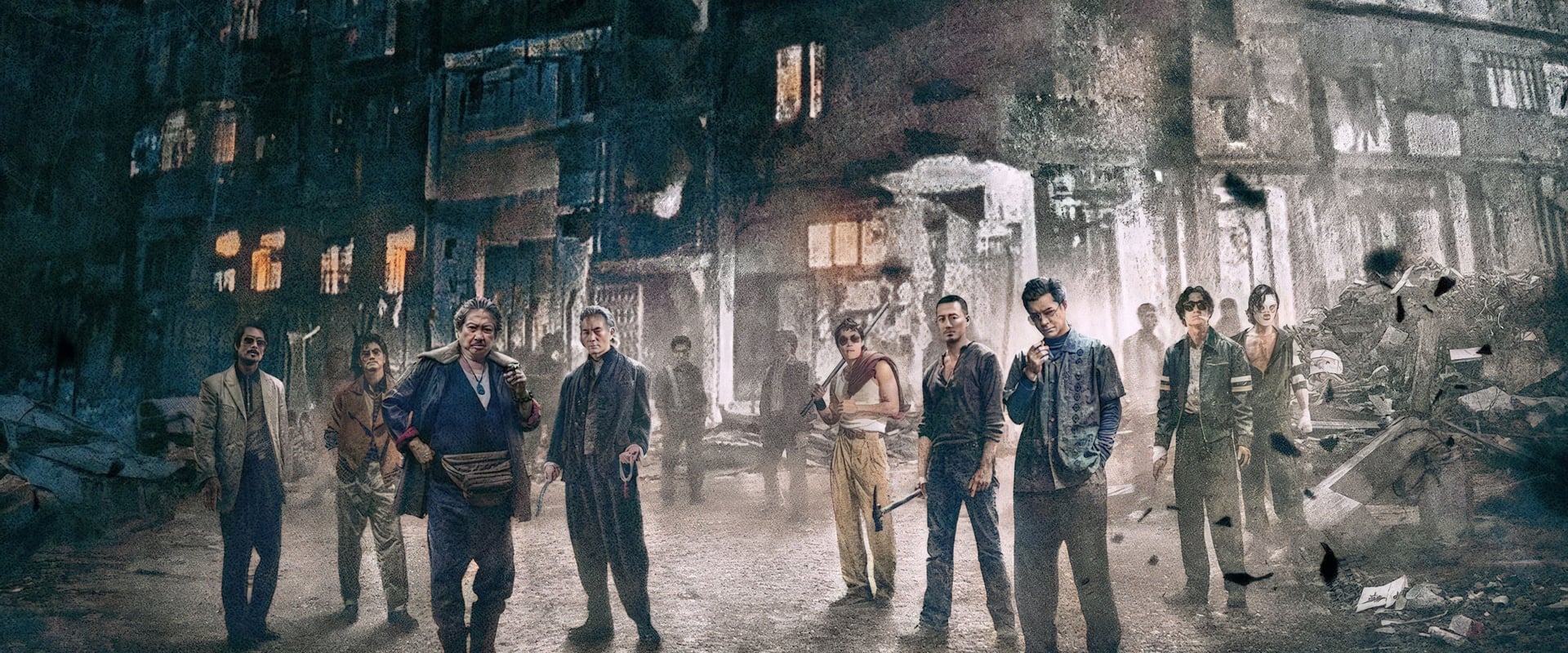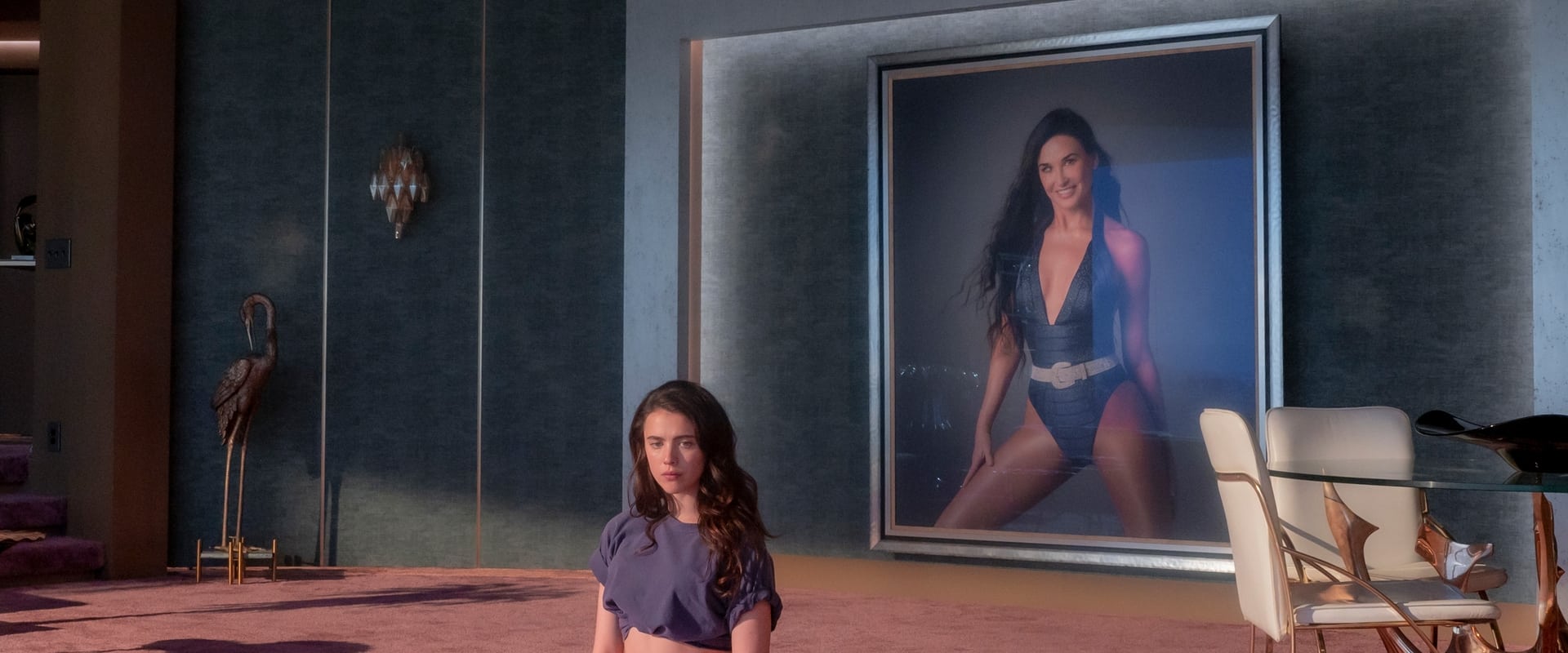There’s something to be said for the kind of movie that doesn’t so much ask for your suspension of disbelief as it hustles you aboard, pumps the cabin full of intoxicating nonsense, and dares you to care how, or whether, the plane lands. Fight or Flight, James Madigan’s boisterous midair free-for-all, gives us the cinematic equivalent of a B-grade cocktail: fizzy, shallow, and exactly right after a long week of seriousness. In other words, it’s a film that understands the difference between “original” and “necessary”, and, frankly, doesn’t trouble itself about either.
The premise, assassins, agents, and assorted ne’er-do-wells duking it out at 30,000 feet, is recycled, but that’s mere scaffolding for what the movie delivers: cheerfully choreographed mayhem, metric tons of gooey mayhem, and Josh Hartnett, who, after years of moody charisma, finally looks like he’s having the time of his life. And so did I. Hartnett’s Lucas Reyes lopes through the fuss with a battered grace, alternating hangdog humor and kinetic violence; each punch and quip seems to echo: “Yes, darling, of course this is ridiculous.” You feel the fun radiate from him, he’s the conspiratorial wink that keeps the turbulence playful, not perilous.
What sustains Fight or Flight, makes it, yes, good, is an unwavering dedication to pace and pulse. Matt Flannery’s camera hustles alongside, elastic and adrenalized, reminding you of his bonafides from The Raid series. The fight choreography is more digital-splatter fireworks than bone-crunching poetry, but that’s by design. Even when the violence turns gleefully improbable (and who imagined this much blood could fit on a single Boeing?), there’s an old-fashioned pleasure in the rhythm: slapstick, fisticuffs, and the satisfied rhythm of payoff. Marko Zaror’s cameo, an in-flight exhibition match, reminds you that these films are as much about the anticipation of a showdown as about its outcome. He’s a balletic bruiser, and the camera loves every contorted minute.
The supporting players, Charithra Chandran’s accidental accomplice, Katee Sackhoff’s hard-as-nails operator, bounce about as plot contrivances with faces; they’re trimmings to Hartnett’s main course. No one’s digging for heart or high art here: the script largely sits back, tossing out silly lines and letting momentum cover any holes (which, by the third act, resemble Swiss cheese but, are you counting at this point?). If cleverness is in short supply, actual laughs aren’t. The film earns its giggles with timing, not wit, and that’s often enough.
All the old complaints, plot by-rote, characters inked rather than lived, are washed away by the sheer, shameless fun of it all. For spectacle, there’s more than enough: bodies flipping down aisles and explosions that, one suspects, cost more than the catering. For emotion, well, Hartnett does spritz a melancholy note into the giddy chaos, the weary charm of a once-great man barely holding it together, and it’s just enough to care… before the next headbutt.
Some will lament the lack of substance, but substance is cheapened when every movie has to mean something. Fight or Flight knows exactly what it is, a modest, entertaining romp built on speed, sweat, and Hartnett’s twinkling, battered smile. Simple, fun, easy: sometimes less is more. Isn’t it a relief, for once, simply to enjoy the ride?


